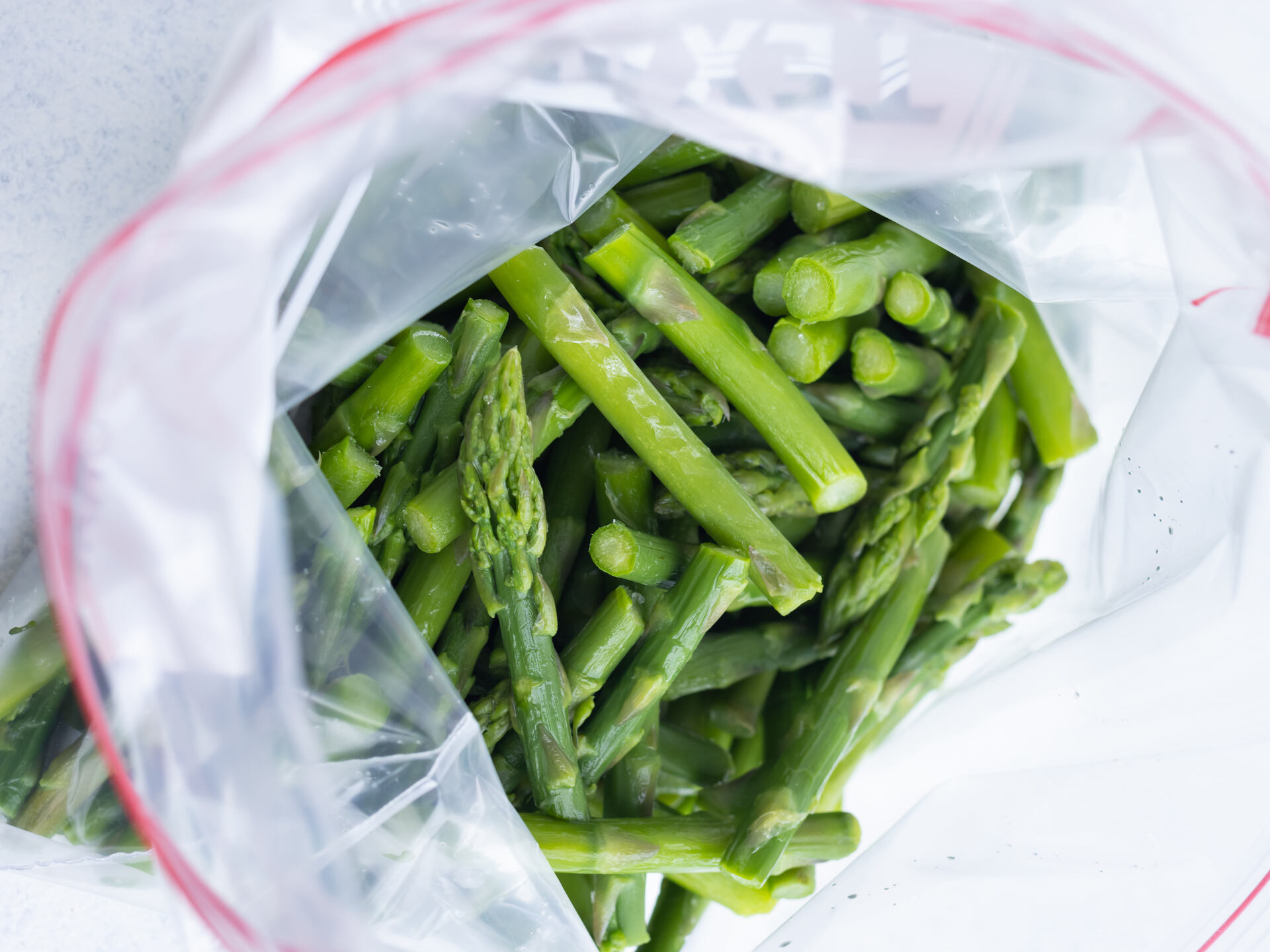

Articles
How To Store Cut Asparagus
Modified: January 6, 2024
Learn how to store cut asparagus to keep it fresh and flavorful for longer. Discover helpful tips and tricks in this informative article.
(Many of the links in this article redirect to a specific reviewed product. Your purchase of these products through affiliate links helps to generate commission for Storables.com, at no extra cost. Learn more)
Introduction
Asparagus is a versatile and nutritious vegetable that adds a unique flavor to many dishes. Whether you’ve just harvested some fresh asparagus from your garden or purchased it from your local farmer’s market, knowing how to properly store it is essential to maintain its freshness and flavor. In this article, we will explore the importance of proper asparagus storage, the factors that affect its shelf life, and various methods you can use to store cut asparagus.
Proper storage not only helps to preserve the quality of the asparagus but also extends its shelf life, allowing you to enjoy it for longer periods. Asparagus contains essential nutrients such as vitamin K, folate, and fiber, making it a healthy addition to any diet. By storing it correctly, you can ensure that you always have this nutritious vegetable on hand to incorporate into your meals.
There are several factors that can affect the shelf life of asparagus. Firstly, the freshness of the asparagus at the time of purchase or harvest plays a crucial role. The fresher the asparagus, the longer it will stay fresh. Additionally, the temperature and humidity levels at which you store the asparagus also impact its shelf life. Asparagus is a delicate vegetable that is susceptible to moisture loss and decay, so it is important to create optimal storage conditions.
Before storing asparagus, it is important to properly prepare it. Begin by trimming off the tough ends of the asparagus stalks. These ends are woody and not pleasant to eat. You can identify the tough ends by bending the stalks until they snap. The point where the stalk naturally breaks is where you should trim them. This will ensure that only the tender part of the asparagus is used for storage and consumption.
Key Takeaways:
- Proper storage of cut asparagus is crucial to preserve its freshness, flavor, and nutrients. By following the right techniques and considering key factors, you can extend the shelf life of asparagus and reduce food waste.
- Whether stored in the refrigerator, in water, frozen, canned, or pickled, there are various methods to preserve asparagus. Proper preparation, mindful storage, and timely usage can help maintain the quality and flavor of this nutritious vegetable.
Read more: How To Store Fresh Cut Asparagus
Why Proper Storage is Important
Proper storage is crucial to maintain the quality and flavor of cut asparagus. The freshness and texture of asparagus deteriorate quickly if not stored correctly, resulting in a loss of flavor and nutritional value. Here are some reasons why proper storage is important:
- Preserves Freshness: Asparagus is a perishable vegetable that starts losing its flavor and crispness soon after harvest or purchase. By storing it properly, you can extend its shelf life and preserve its freshness, ensuring that each spear remains tender and flavorful when you’re ready to cook or eat it.
- Retains Nutritional Value: Asparagus is packed with essential nutrients, vitamins, and antioxidants that are beneficial for your health. However, improper storage can lead to nutrient loss. By storing the asparagus correctly, you can help retain its nutritional value, ensuring that you get the maximum health benefits from each serving.
- Reduces Food Waste: When asparagus goes bad due to improper storage, it often ends up in the trash. By implementing proper storage techniques, you can reduce food waste and save money. This not only benefits the environment but also allows you to enjoy your asparagus to the fullest and minimize unnecessary waste.
- Convenience and Cost-effectiveness: By storing asparagus properly, you can have a fresh supply readily available whenever you need it. This saves you time and money, as you won’t have to frequently run to the grocery store or farmers market to buy more asparagus. Instead, you can plan your meals knowing that your stored asparagus will be fresh and delicious.
- Enhances Flavor: Proper storage prevents the asparagus from drying out or becoming limp and bland. By maintaining its freshness and texture, you can ensure that the asparagus retains its natural flavor. This allows you to savor the true taste of the vegetable in your recipes, whether you are roasting it, grilling it, or adding it to pasta dishes and salads.
Overall, storing asparagus properly is important to preserve its freshness, retain its nutritional value, reduce food waste, and enhance its flavor. By following the correct storage methods, you can enjoy the full benefits of this nutritious vegetable and make the most of your culinary creations.
Factors Affecting Asparagus Shelf Life
The shelf life of asparagus can be influenced by several factors. Understanding these factors can help you make informed decisions about how to store your cut asparagus and maximize its freshness. Here are some key factors that affect the shelf life of asparagus:
- Freshness at Purchase: The freshness of asparagus at the time of purchase is a crucial factor in determining its shelf life. If you buy asparagus that is already wilted, limp, or has begun to develop brown spots, it is more likely to spoil quickly. Always choose asparagus with firm and bright green stalks to ensure maximum freshness and a longer shelf life.
- Temperature: Asparagus should be stored at a cool temperature to slow down the natural degradation process. The ideal temperature for storing asparagus is around 32-36 degrees Fahrenheit (0-2 degrees Celsius). Storing asparagus in the refrigerator helps maintain this temperature and extends its shelf life. Avoid storing asparagus at room temperature for extended periods, as it can lead to faster spoilage.
- Moisture: Asparagus is a delicate vegetable that can easily lose moisture and become dry. However, excess moisture can promote the growth of mold and bacteria, causing the asparagus to spoil faster. To maintain the right moisture balance, store asparagus in the refrigerator in a container or a plastic bag with a damp paper towel. This helps prevent excess moisture loss while eliminating the risk of excessive moisture accumulation.
- Exposure to Air: Asparagus is susceptible to oxidation when exposed to air, which can cause it to become discolored and lose its freshness. To minimize air exposure, wrap the ends of the asparagus in a damp paper towel or store them upright in a container with a small amount of water. This helps maintain the vibrant green color and texture of the asparagus spears.
- Trapped Ethylene Gas: Asparagus is sensitive to ethylene gas, a natural plant hormone that can accelerate the ripening process and cause decay. To prevent ethylene gas from affecting your stored asparagus, keep it away from ethylene-producing fruits and vegetables such as apples, bananas, and tomatoes. Storing asparagus separately from these fruits and vegetables will help prolong its shelf life.
By considering these factors and implementing proper storage techniques, you can significantly extend the shelf life of your cut asparagus. This ensures that your asparagus stays fresh, flavorful, and ready to enjoy in your favorite recipes.
Preparing Asparagus for Storage
Properly preparing asparagus before storage is essential to maintain its freshness and quality. Taking a few simple steps will help ensure that your cut asparagus stays in optimal condition for a longer period. Here’s how to prepare asparagus for storage:
- Trim the Ends: Start by trimming off the tough ends of the asparagus stalks. These ends are woody and not pleasant to eat. You can identify the tough ends by bending the stalks until they snap. The point where the stalk naturally breaks is where you should trim them. This will ensure that only the tender part of the asparagus is used for storage and consumption.
- Rinse Thoroughly: Once you have trimmed the ends, rinse the asparagus spears under cold water. Gently rub the spears with your fingers to remove any dirt or debris that may be present. Properly rinsing the asparagus will help eliminate any impurities and ensure that it is clean before storage.
- Dry the Asparagus: After rinsing, it is important to dry the asparagus thoroughly. Excess moisture can encourage spoilage and lead to a shorter shelf life. Use a clean kitchen towel or paper towels to pat the asparagus dry. Alternatively, you can let them air dry for a few minutes on a clean surface or use a salad spinner to remove excess water.
- Bundle or Separate: Depending on your storage preference, you can choose to bundle the asparagus stalks together or store them individually. If you prefer to bundle them, gather the asparagus stalks together and secure them with a rubber band or kitchen twine. This ensures that the asparagus stays organized and makes it easier to retrieve when needed. Alternatively, you can store the asparagus spears separately, laid flat on a tray or in a container, to prevent them from getting tangled or damaged.
By following these steps, you can ensure that your asparagus is properly prepared for storage. This preparation process helps maintain the quality and freshness of the asparagus, making it ready to be used in a variety of delicious recipes whenever you desire.
After cutting asparagus, store it in the refrigerator upright in a glass of water, just like fresh flowers. This will keep the asparagus fresh and crisp for a longer period of time.
Storing Asparagus in the Refrigerator
The refrigerator is the best place to store asparagus as it provides the ideal temperature and humidity conditions to keep it fresh. When stored properly, asparagus can retain its flavor and quality for several days. Here’s how to store asparagus in the refrigerator:
- Wrap the Ends: Before placing the asparagus in the refrigerator, it’s important to protect the ends from drying out. Take a damp paper towel and wrap it around the bottom ends of the asparagus stalks. This helps maintain the moisture level and prevents the ends from becoming dry or woody.
- Choose Appropriate Container: Place the asparagus spears upright in a container or a jar with enough room for them to stand without touching each other. You can also use a plastic bag, leaving it slightly open to allow for airflow. Alternatively, you can store the asparagus in airtight containers or resealable plastic bags. However, ensure that they are not tightly sealed as asparagus requires some airflow to stay fresh.
- Refrigerator Placement: Store the container or plastic bag with the asparagus in the refrigerator’s vegetable crisper drawer. This drawer helps maintain a slightly higher humidity level, which is beneficial for asparagus storage. If your refrigerator does not have a crisper drawer, place the asparagus in the least cold part of the refrigerator, away from the freezer compartment.
- Refrigerator Temperature: Set the refrigerator temperature to around 32-36 degrees Fahrenheit (0-2 degrees Celsius) to create an optimal environment for storing asparagus. Avoid storing the asparagus in the coldest part of the refrigerator, as extremely low temperatures can damage the quality and texture of the spears.
- Check and Rotate: Periodically check the asparagus for any signs of spoilage or decay. Remove any spears that show signs of wilting, mold, or sliminess to prevent them from affecting the rest of the asparagus. To ensure even exposure to cool air, rotate the asparagus container or bag every few days.
- Use within a Few Days: It is recommended to use stored asparagus within 3-4 days for the best quality and flavor. Asparagus will start to deteriorate and lose its freshness over time, so it’s best to consume it as soon as possible. For longer storage, consider preserving methods such as blanching and freezing.
By following these steps, you can maintain the freshness and quality of asparagus while storing it in the refrigerator. This ensures that you always have a ready supply of fresh asparagus to incorporate into your favorite recipes.
Read more: How To Store Asparagus
Alternative Methods for Storing Asparagus
While storing asparagus in the refrigerator is the most common and effective method, there are alternative ways to store asparagus if a refrigerator is not readily available or if you want to explore different preservation techniques. Here are some alternative methods for storing asparagus:
- Storing in Water: Fill a tall container or jar with about an inch of water. Place the asparagus spears upright in the container, with the cut ends submerged in the water. Cover the container loosely with a plastic bag and store it at room temperature. Make sure to change the water every couple of days to keep it fresh. This method can help keep the asparagus hydrated and prevent it from drying out.
- Freezing: Freezing is a great option if you want to store asparagus long-term. Start by blanching the asparagus to stop enzyme activity that can cause nutrient loss and deterioration. After blanching, plunge the asparagus into an ice bath to cool it down quickly. Once cooled, place the asparagus in airtight containers or freezer bags, removing as much air as possible. Label the containers with the date and store them in the freezer. Frozen asparagus can be kept for up to one year, and it can be used directly from frozen in various cooked dishes.
- Canning: Canning is another method to preserve asparagus for an extended period. It involves pressure canning asparagus spears in jars with the appropriate preserving solution. It’s important to follow proper canning techniques and guidelines to ensure the safety and quality of the preserved asparagus.
- Pickling: Pickling is a popular method that adds tanginess and flavor to asparagus. Prepare a pickling brine by combining vinegar, water, sugar, salt, and spices of your choice. Blanch the asparagus briefly and then pack the spears into sterilized jars. Pour the hot pickling brine over the asparagus, leaving a small headspace. Seal the jars and store them in a cool, dark place. Pickled asparagus can be enjoyed as a snack, added to salads, or served as a condiment.
These alternative methods offer different ways to store and preserve asparagus, depending on your preference and available resources. Whether you choose to store it in water, freeze it, can it, or pickle it, these methods allow you to enjoy asparagus beyond its standard shelf life and explore different culinary possibilities.
Tips for Maintaining Freshness
To ensure the maximum freshness and quality of your stored asparagus, here are some helpful tips to follow:
- Buy Fresh Asparagus: Choose fresh asparagus with firm stalks and vibrant green color. The fresher the asparagus, the longer it will stay fresh after storage. If possible, buy asparagus from local sources to ensure its freshness.
- Store Untouched: Avoid washing or trimming the asparagus until you’re ready to use it. Washing and trimming should be done right before storage as excess moisture and exposed ends can accelerate the spoilage process.
- Don’t Store with Produce that Produces Ethylene: Keep asparagus away from ethylene-producing fruits and vegetables, such as apples, bananas, and tomatoes. Ethylene gas can speed up the ripening and decay of asparagus.
- Keep the Asparagus Dry: Excess moisture can cause asparagus to spoil quickly. Make sure to dry the asparagus thoroughly before storing it. You can also place a dry paper towel in the container to absorb any excess moisture.
- Regularly Check for Spoilage: Periodically check on your stored asparagus for any signs of wilting, mold, or sliminess. Remove any spoiled spears immediately to prevent them from affecting the rest of the bunch.
- Store Asparagus Separate from Other Vegetables: Asparagus can have a strong aroma that can be absorbed by other vegetables in close proximity. To preserve the flavor and freshness of both asparagus and other vegetables, store them separately in the refrigerator.
- Label and Rotate: If you have multiple batches of stored asparagus, label them with dates to keep track of their freshness. Use the older batches first to ensure that none of the asparagus goes to waste.
- Consider Preserving Techniques: If you have an abundant supply of asparagus, consider preserving methods like freezing, canning, or pickling. These techniques can help you enjoy fresh-tasting asparagus even during off-seasons.
- Use Stored Asparagus Promptly: While stored asparagus can last for several days or even longer with proper storage, it is still best to use it as soon as possible for optimal flavor and texture.
By following these tips, you can prolong the freshness of your asparagus and ensure that it remains delicious and enjoyable for an extended period.
Conclusion
Properly storing cut asparagus is essential to maintain its freshness, flavor, and nutritional value. By implementing the right storage techniques, you can extend the shelf life of asparagus and reduce food waste. Whether you choose to store it in the refrigerator, in water, freeze it, can it, or pickle it, there are various methods available to suit your preferences and needs.
When storing asparagus, it’s important to consider factors such as freshness at purchase, temperature, moisture, air exposure, and ethylene gas. The refrigerator provides the ideal environment for storing asparagus due to its cool temperature and controlled humidity. However, alternative methods like storing in water, freezing, canning, or pickling can offer different preservation options.
Properly preparing asparagus by trimming the ends and rinsing it before storage is essential. It helps maintain its quality and freshness throughout the storage period. Additionally, implementing tips such as buying fresh asparagus, keeping it dry, checking for spoilage, and using stored asparagus promptly can further enhance its longevity.
By being mindful of these storage techniques and tips, you can enjoy asparagus at its best and incorporate it into your favorite dishes whenever you desire. So, go ahead and store your cut asparagus properly to savor its vibrant flavor, crispy texture, and nutritional benefits for an extended period.
Frequently Asked Questions about How To Store Cut Asparagus
Was this page helpful?
At Storables.com, we guarantee accurate and reliable information. Our content, validated by Expert Board Contributors, is crafted following stringent Editorial Policies. We're committed to providing you with well-researched, expert-backed insights for all your informational needs.

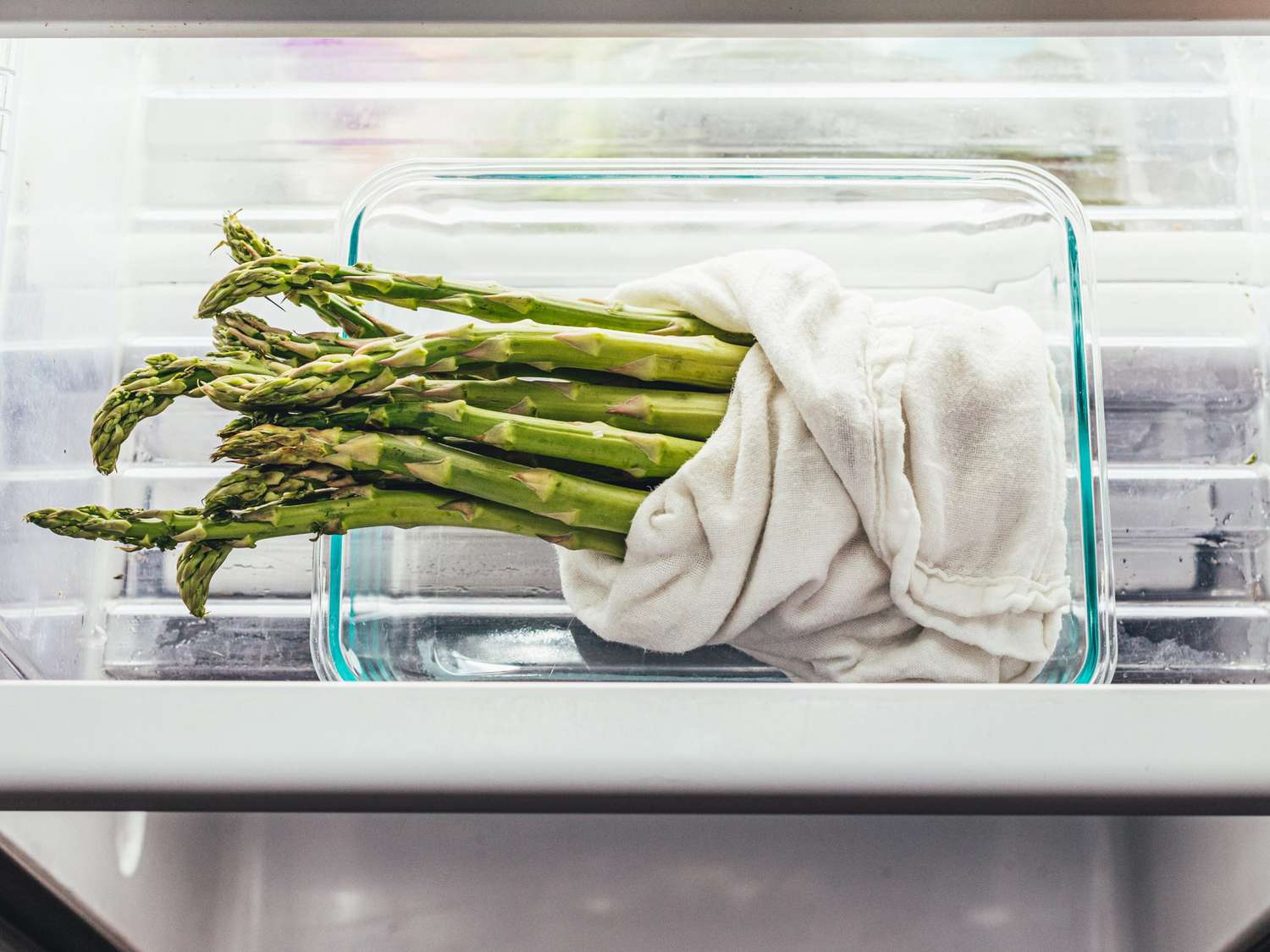
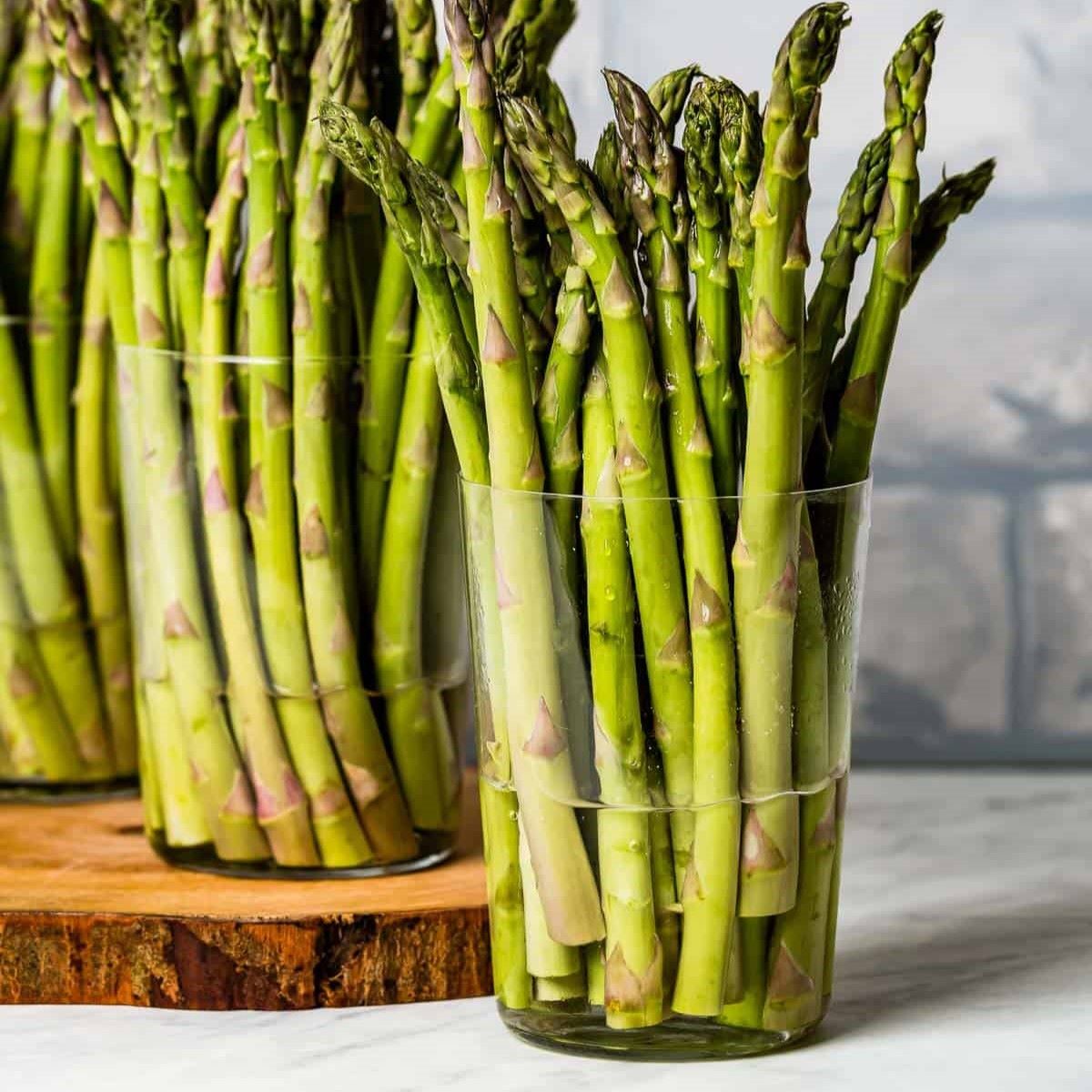
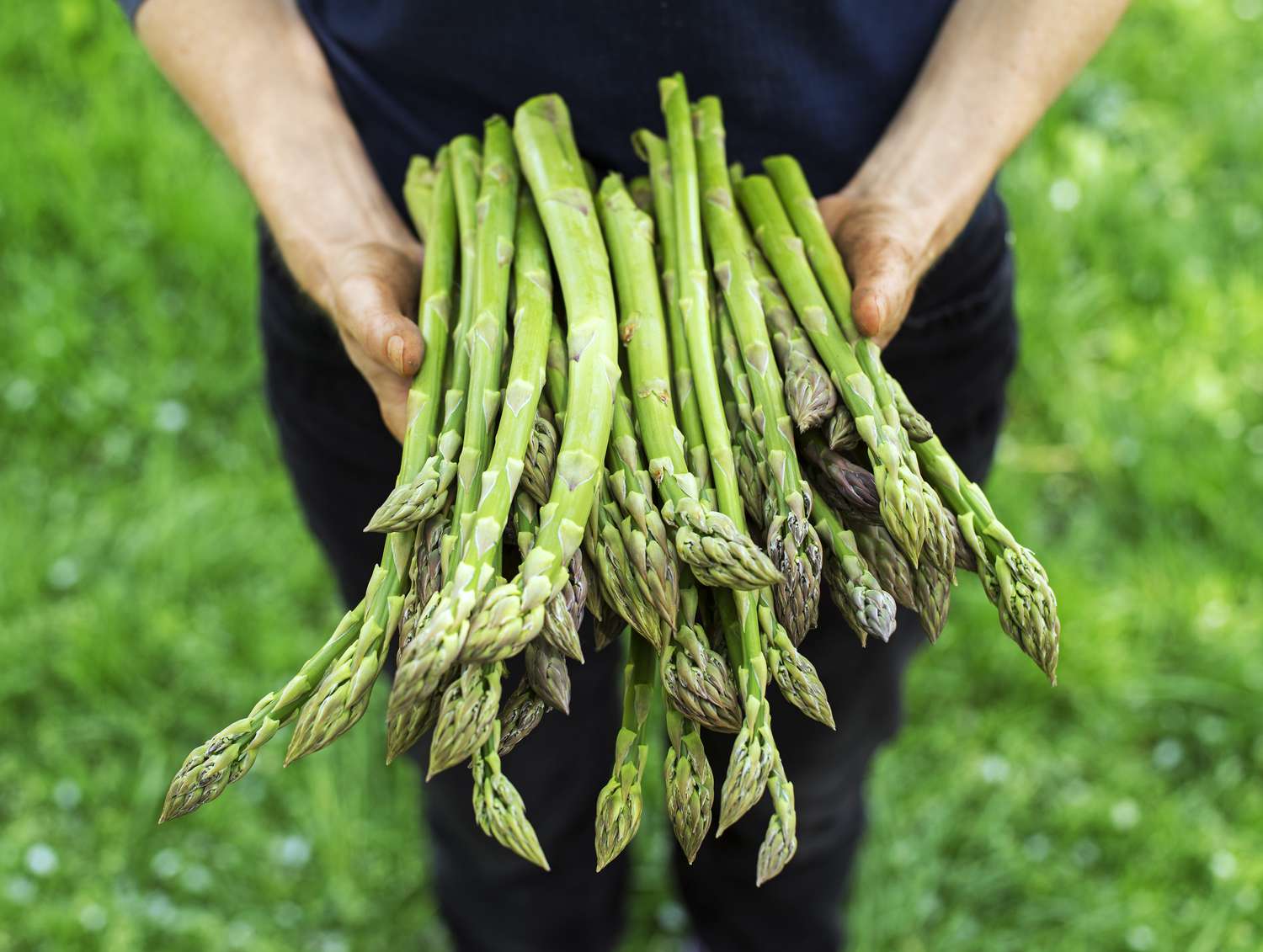
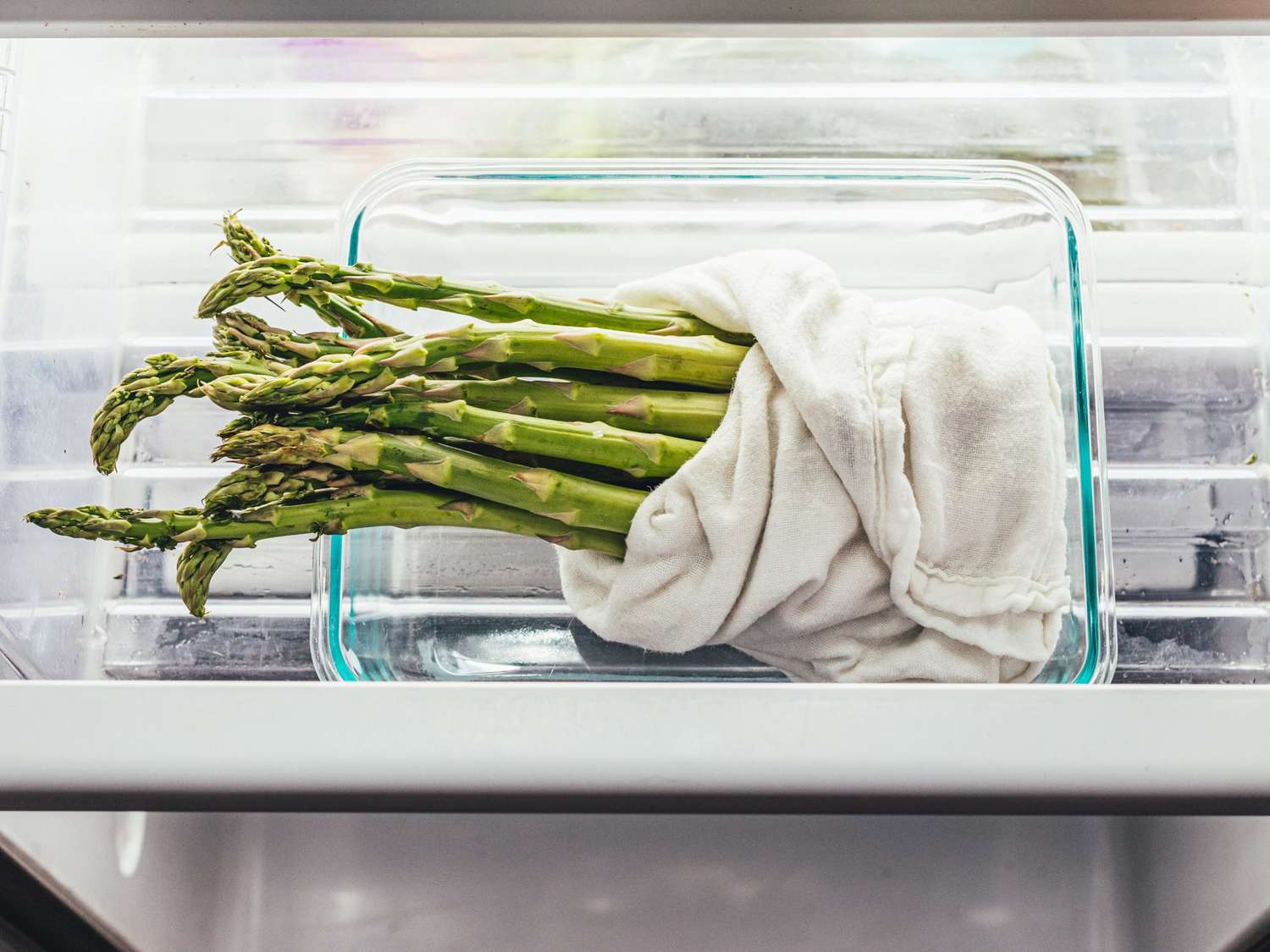


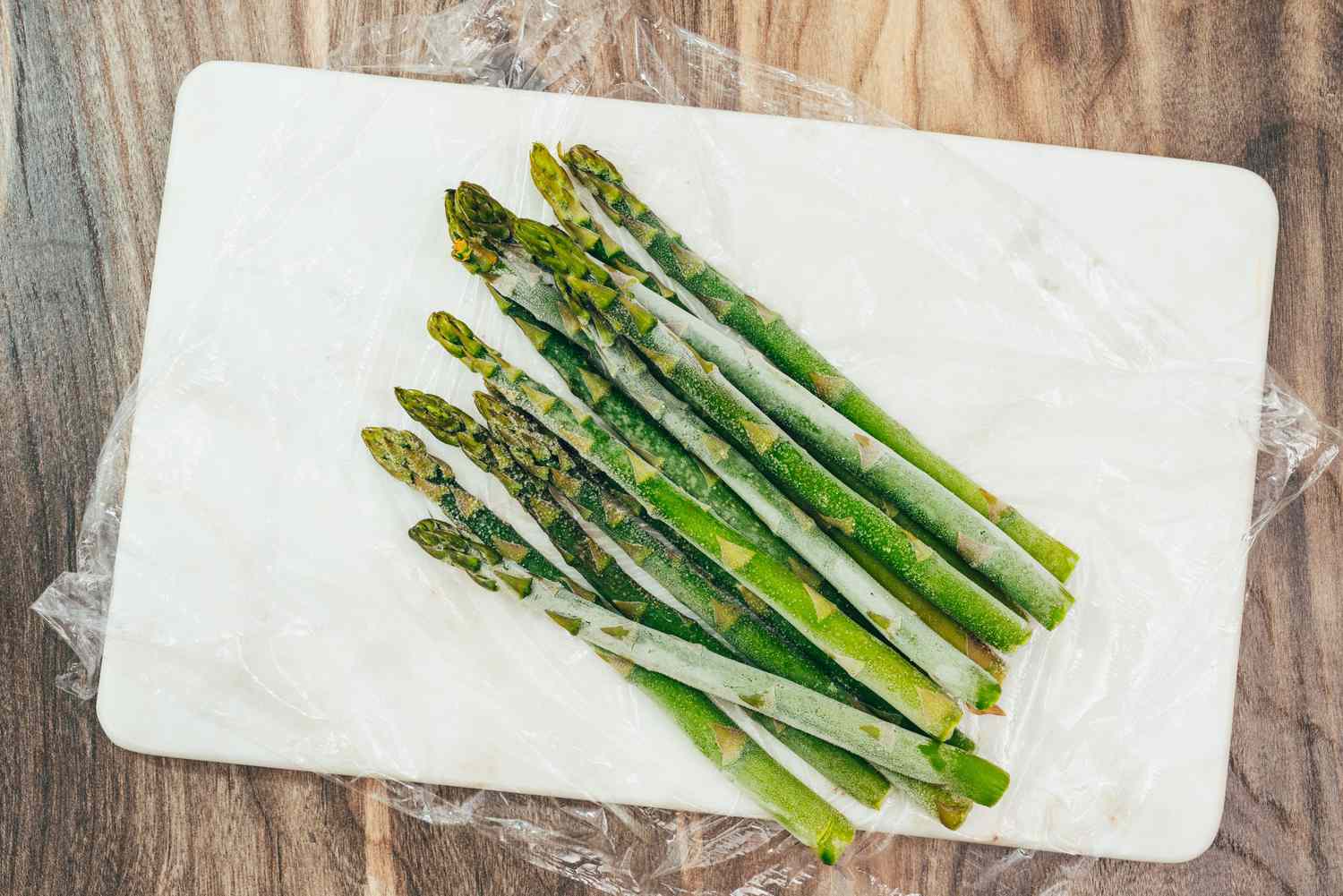
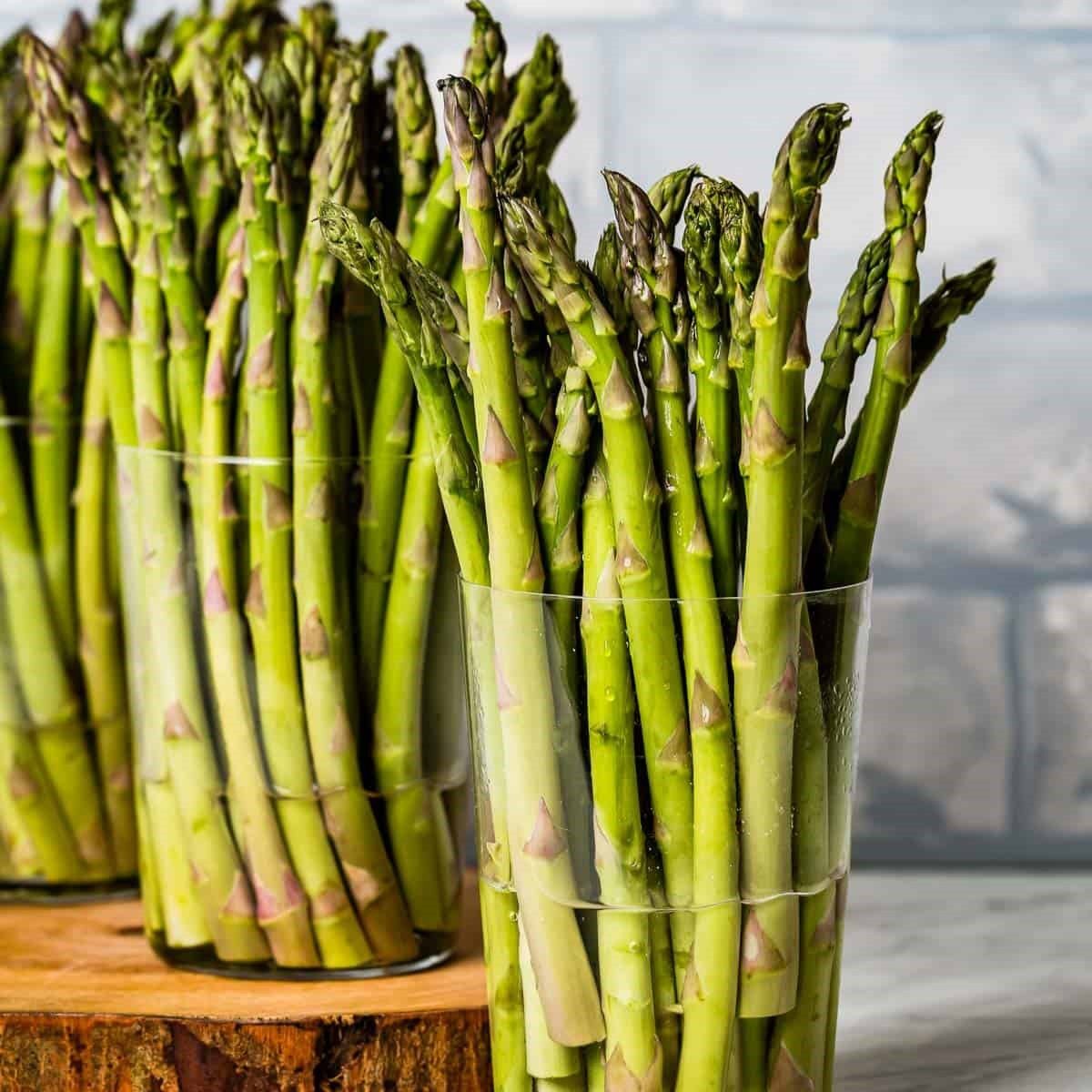
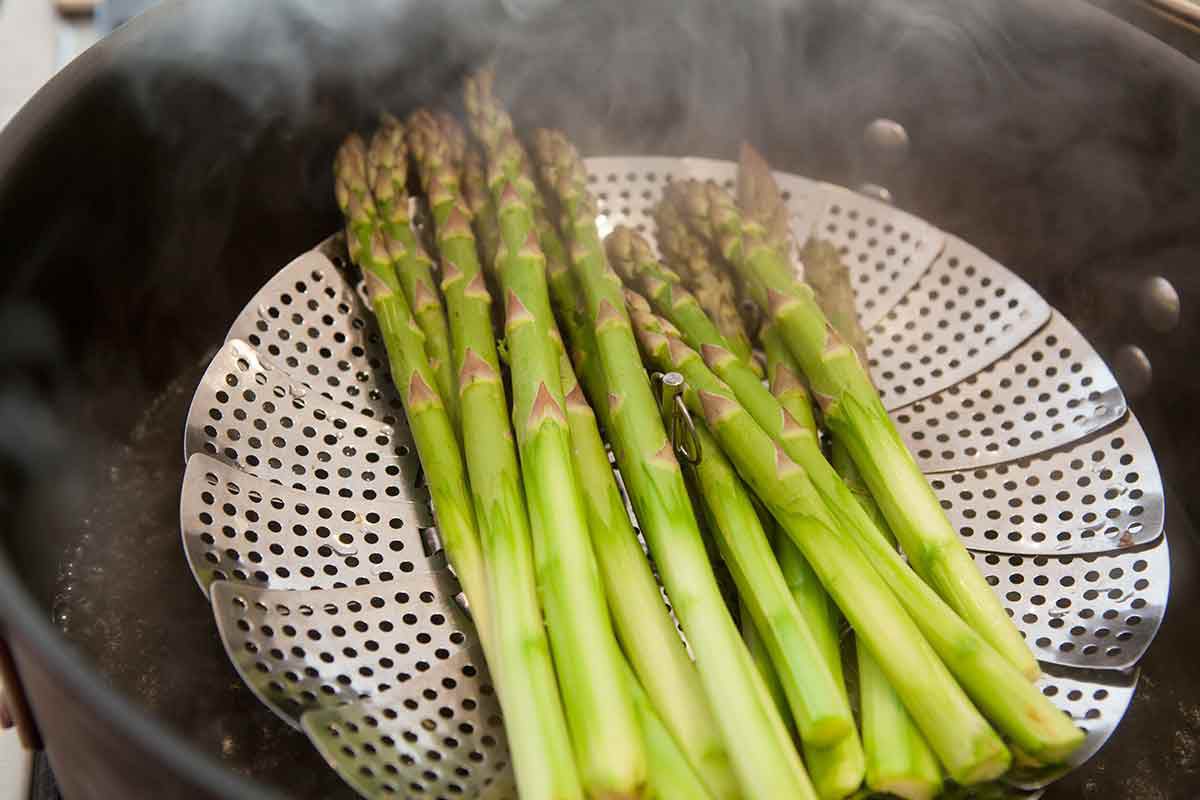
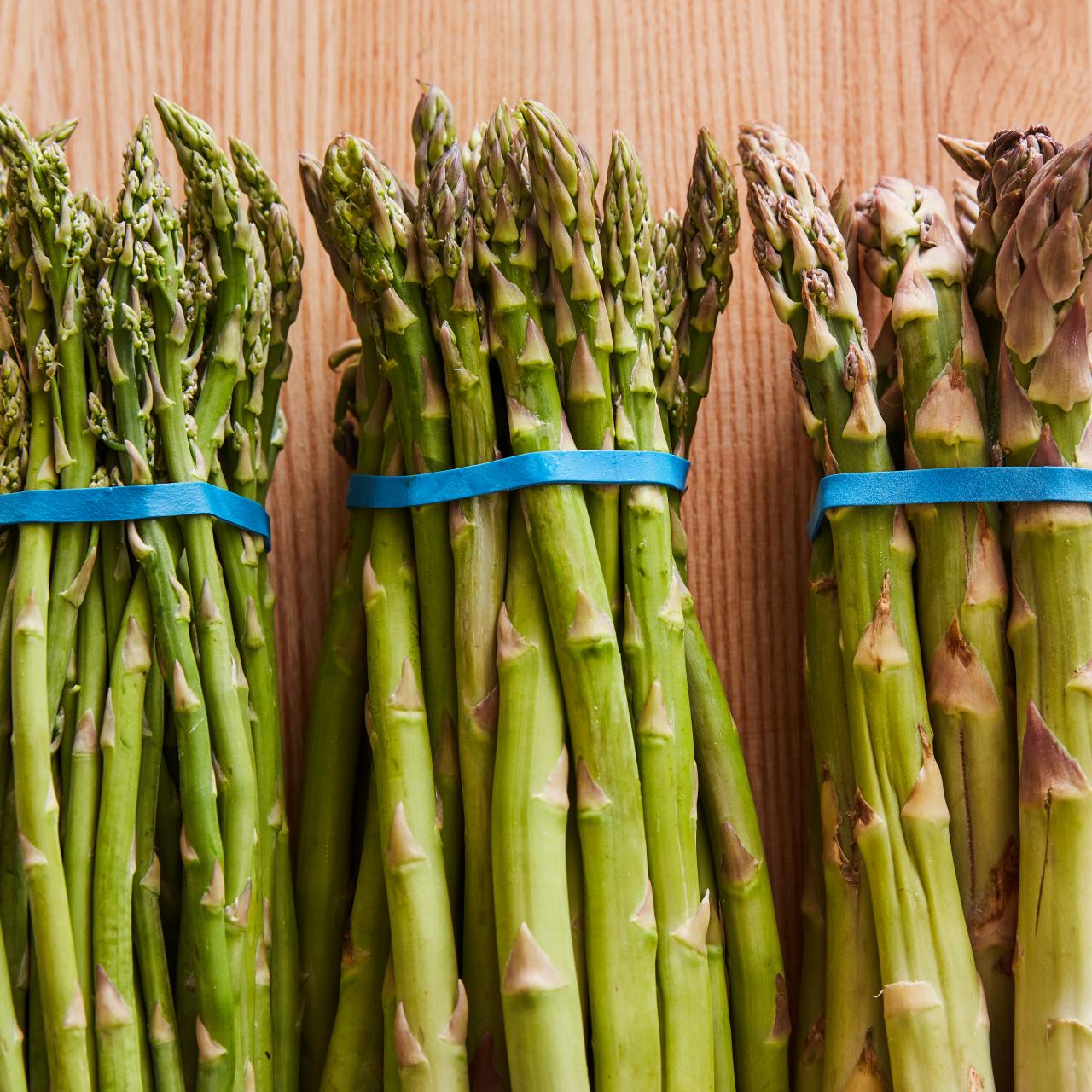
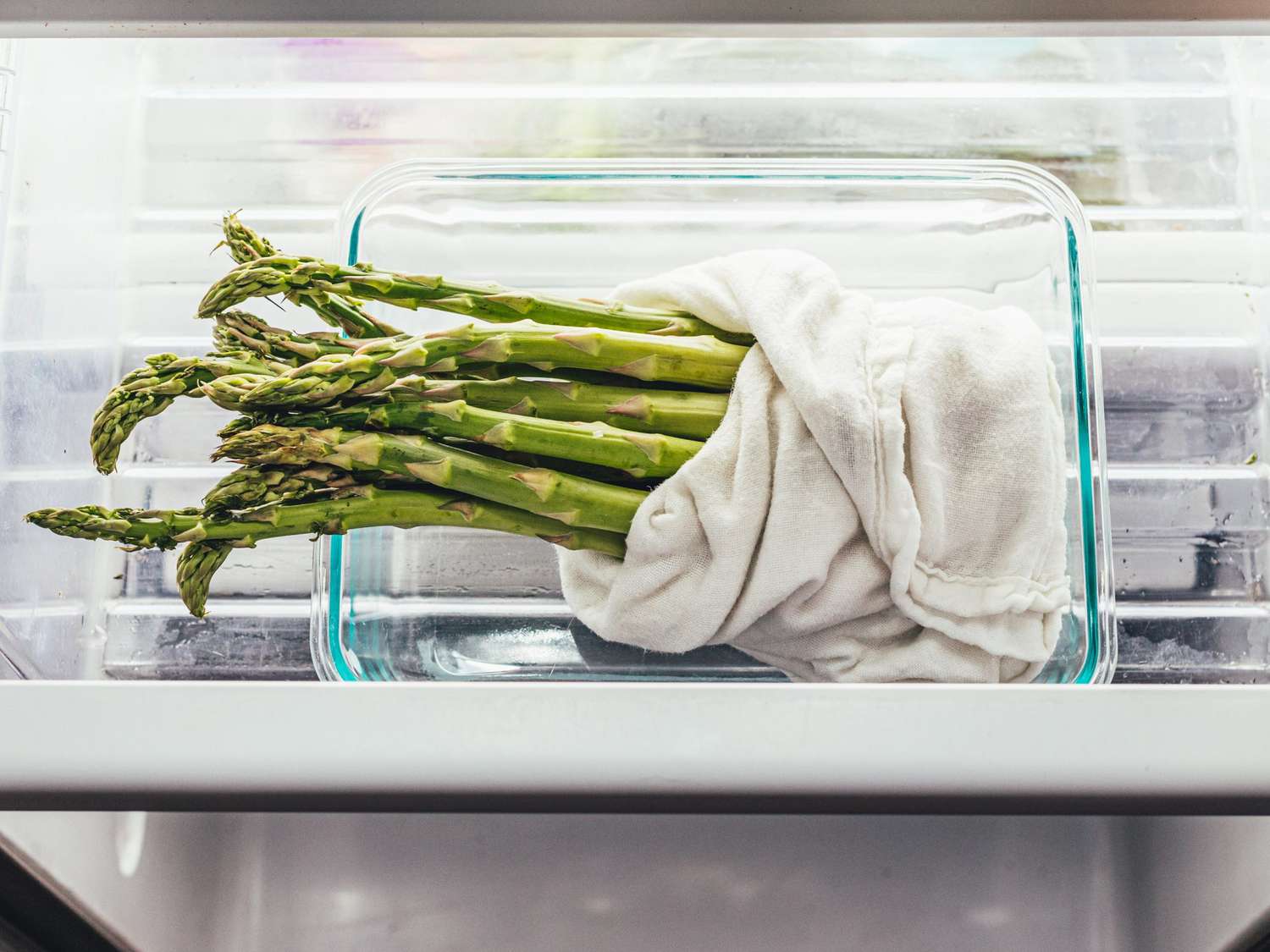
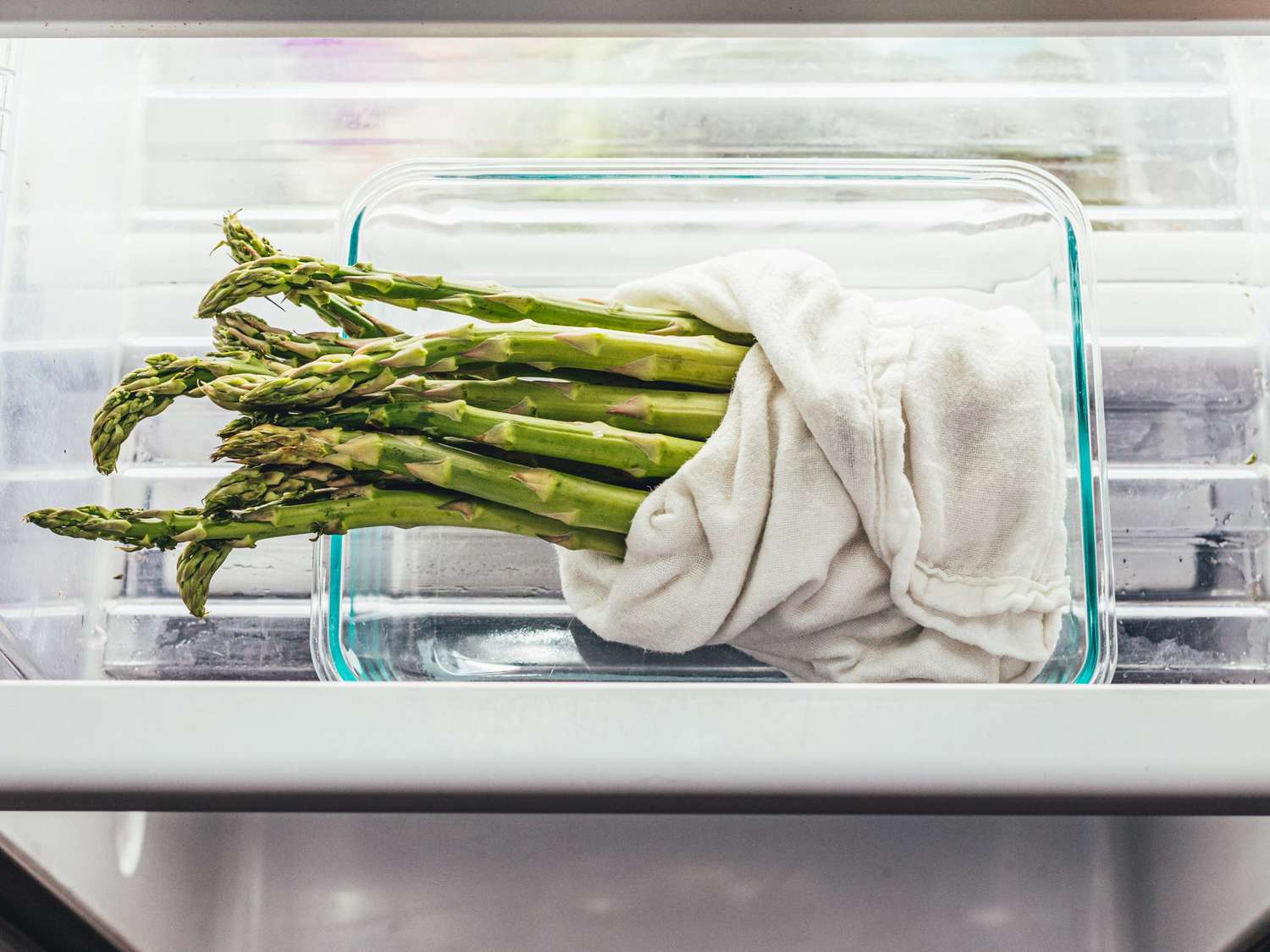
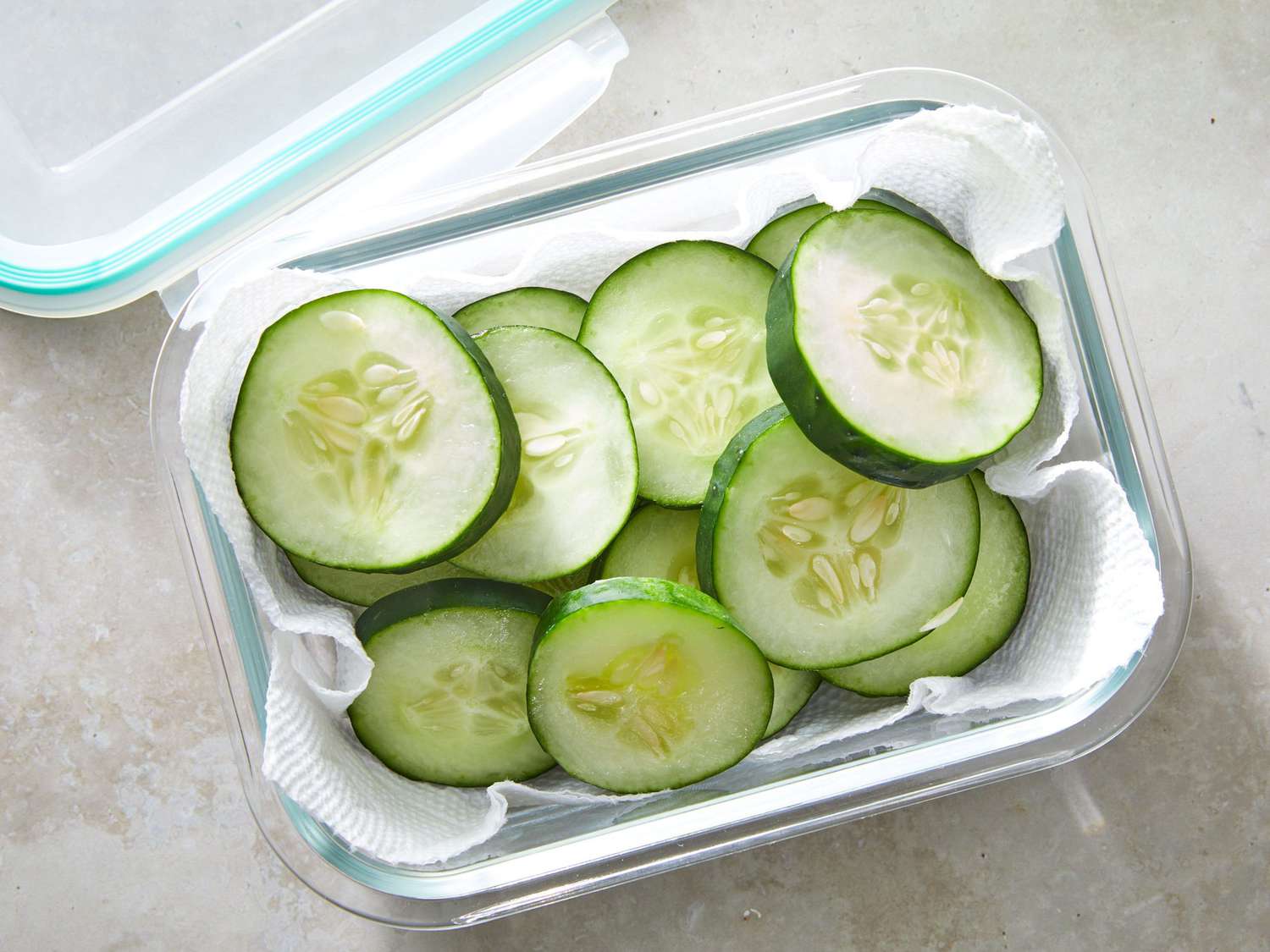

0 thoughts on “How To Store Cut Asparagus”